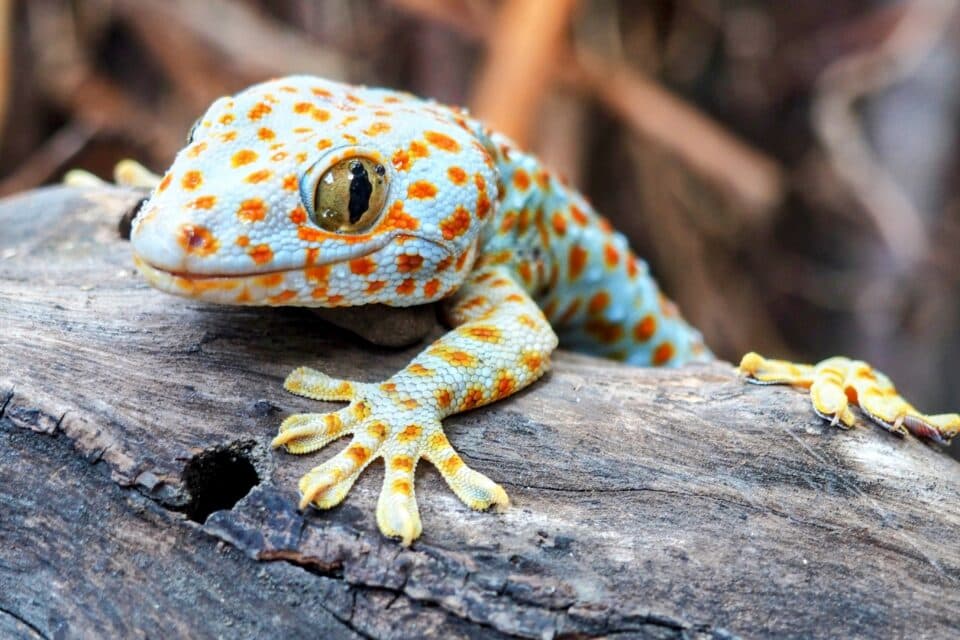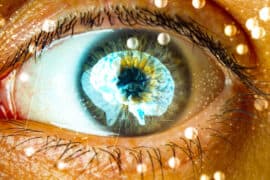
Geckos can recognize their own scent
New research published in the journal Animal Cognition shows that geckos are more intelligent than once thought.
Self-recognition is the ability to identify oneself. As visual creatures, we are familiar with our ability to recognize ourselves in the mirror.
However, lizards are more scent oriented. If you watch a lizard or snake, you will notice them darting their tongues around as they gather various aromas from their environment.
We already know that geckos use their tongues to identify the pheromones of other individuals, but the question remained – can they distinguish their pheromones from those of other geckos?
To find out, researchers from the University of Bern conducted an experimental study in which they compared geckos’ reactions to their own odor, the odor of other geckos, and a control odor.
The experts found that geckos were more interested in the smell of other geckos than their own scent. Based on this reaction, the researchers determined that geckos are able to distinguish their scent from the scent of other individuals. The evidence suggests that these lizards communicate socially via pheromones.
“The geckos have to compare more frequently when confronted with the odor of another gecko, compared to their own odor. This indicates that they know their own odor,” said study lead author Birgit Szabo.
Research like this challenges the idea that reptiles are dumb, antisocial creatures. “Lizards and reptiles are generally seen as unsocial primitive animals. We must recognize that reptiles are more social and intelligent than we thought,” explained Szabo.
The findings also give animal behaviorists and evolutionary biologists another avenue to explore when considering the evolution of social behavior in all animals.
“Reptiles, and especially geckos, are ideally suitable for investigating fundamental questions about the evolution of sociality,” said study co-author Eva Ringler. “Within geckos, we can find a vast range of social structures and habitats.”
“This allows us to investigate the interrelationships of cognition, communication and social living within a small taxonomic group – and make comparisons between these and other, more distantly related groups of animals such as mammals and birds.”
—
By Erin Moody, Earth.com Staff Writer
Check us out on EarthSnap, a free app brought to you by Eric Ralls and Earth.com.












